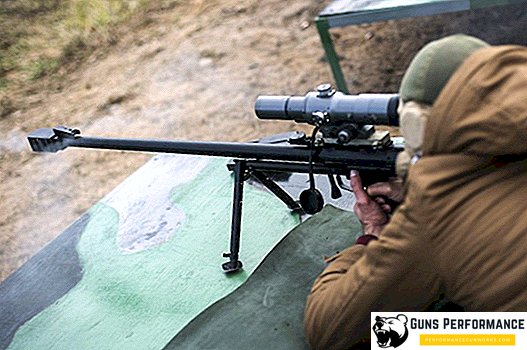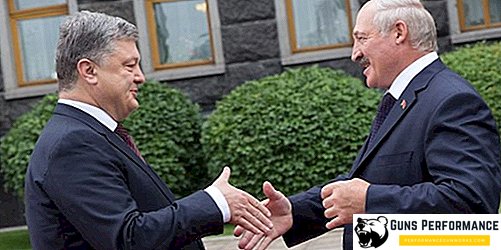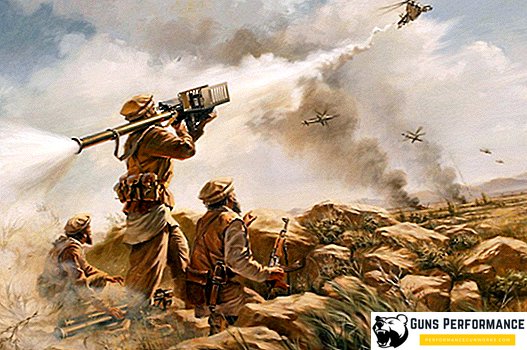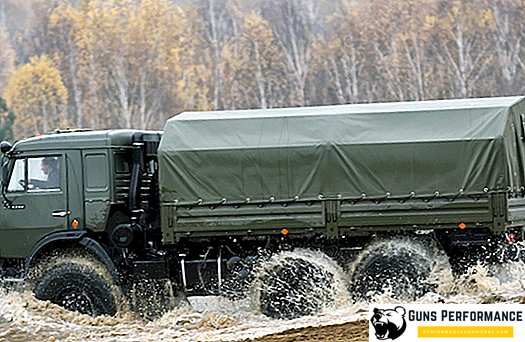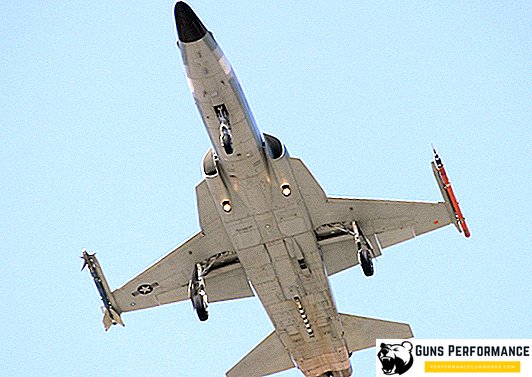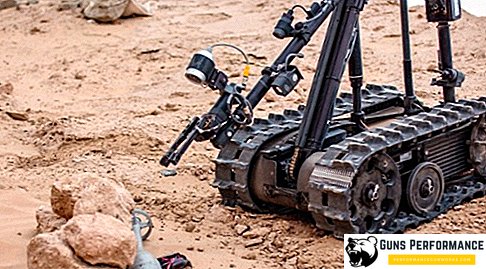Of the applications that were filed by five companies producing Boeing CH-47 helicopters, the US domestic armed forces preferred the Boeing Vertol Model 114 variant as more compliant with the requirements for a mobile helicopter for the front. It must be equipped with equipment for flying in different weather, carry a load of 1814 kilograms inside the fuselage or 7250 kilograms on the cable from the outside, carry up to forty servicemen, have the ability to load directly in the tail of the fuselage, be adapted to evacuate the wounded and transport any component of the missile Martin Marietta Pershing systems. In June 1959, they signed the first contract for 5 YCH-1B helicopters. Later they were designated CH-47A Chinook.
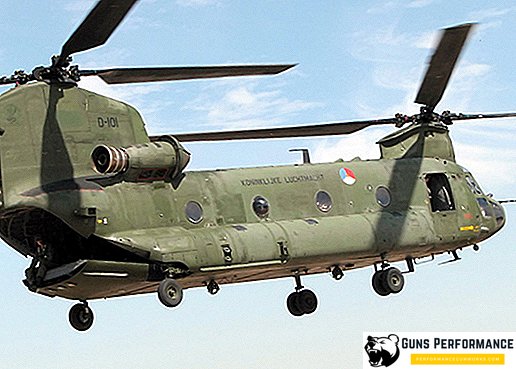
The history of the helicopter Boeing CH-47 Chinook
The Boeing CH-47 Chinook helicopter, similar to model 107 - CH-46 in enlarged form, had a non-retractable four-bearing chassis, and on either side of the bottom part of the fuselage were located streamlined nacelles, which were sealed along the sub-compartments.

The first model YHC-1B took to the air on the twenty-first of September 1961, by which time the contract of serial production of CH-47A helicopters was concluded. At first, the Boeing CH-47 had Lycoming T55-L-5 turbo-shaft engines with a capacity of 1,631 kilowatts (two thousand two hundred liters per second), and then T55-L-7 turboshaft engines with a shaft-shaft power of 1976 (2,650 liters per second). Delivering CH-47A helicopters began in December 1962.

Helicopter overview
Since then, more than one version has been released, including CH-47B, having T55-L-7C turboshaft engines with shaft power of two thousand one hundred twenty five kilowatts (two thousand eight hundred fifty liters per second), with a new design of blades on the main rotor. The first model rose into the atmosphere of air in October 1966, began to deliver it on May 10, 1967. It was followed by the CH-47C model, which has two turboshaft engines T55-L-11C and a power of two thousand seven hundred ninety-six kilowatts (3750 hp), a reinforced transmission and a large capacity of fuel tanks. The first model of such a helicopter flew on October 14, 1967, and in early 1968, they began to supply production vehicles.

Nine vehicles, similar to the CH-47C, were built for the Canadian Armed Forces, denoting CH-147. Deliveries began in September 1974. This model was equipped with the latest safety and flight control systems, the optimum mass during take-off from the ground was 22,268 kilograms, and during the emergency take-off from the water - 20,865 kilograms. In addition, in the cockpit could be located five shooters, at the disposal of any machine gun with a caliber of 12.7 or 7.62 millimeters, placed on a flexible guide. According to the American Army Development Program, one model of each helicopter — CH-47A, CH-47B, and CH-47C — was dismantled to the main frame with further reconstruction to produce an improved standard, which became the CH-47D prototype.

These improved helicopters had more powerful turboshaft engines, transmissions with an increased number of gears and new equipment of the electronic type, and their design underwent many changes. They use an auxiliary power unit and a triple hook system in order to suspend the load. After the flight tests of these prototypes were completed, the American firm Boeing Vertol began to carry out programs for the modification of the CH-47A helicopters according to the CH-47D standard, and the first one was delivered in 1982. British internal forces placed an order for 33 helicopters, similar to the Canadian CH-147 variant, the designation of its Chinook NS.Mk I. They have British equipment and several specially designed devices. The first device was delivered in August 1980, and in early 1982, they delivered all thirty-three vehicles. Since 1970, Chinook helicopters began to be produced in Italy for customers.



